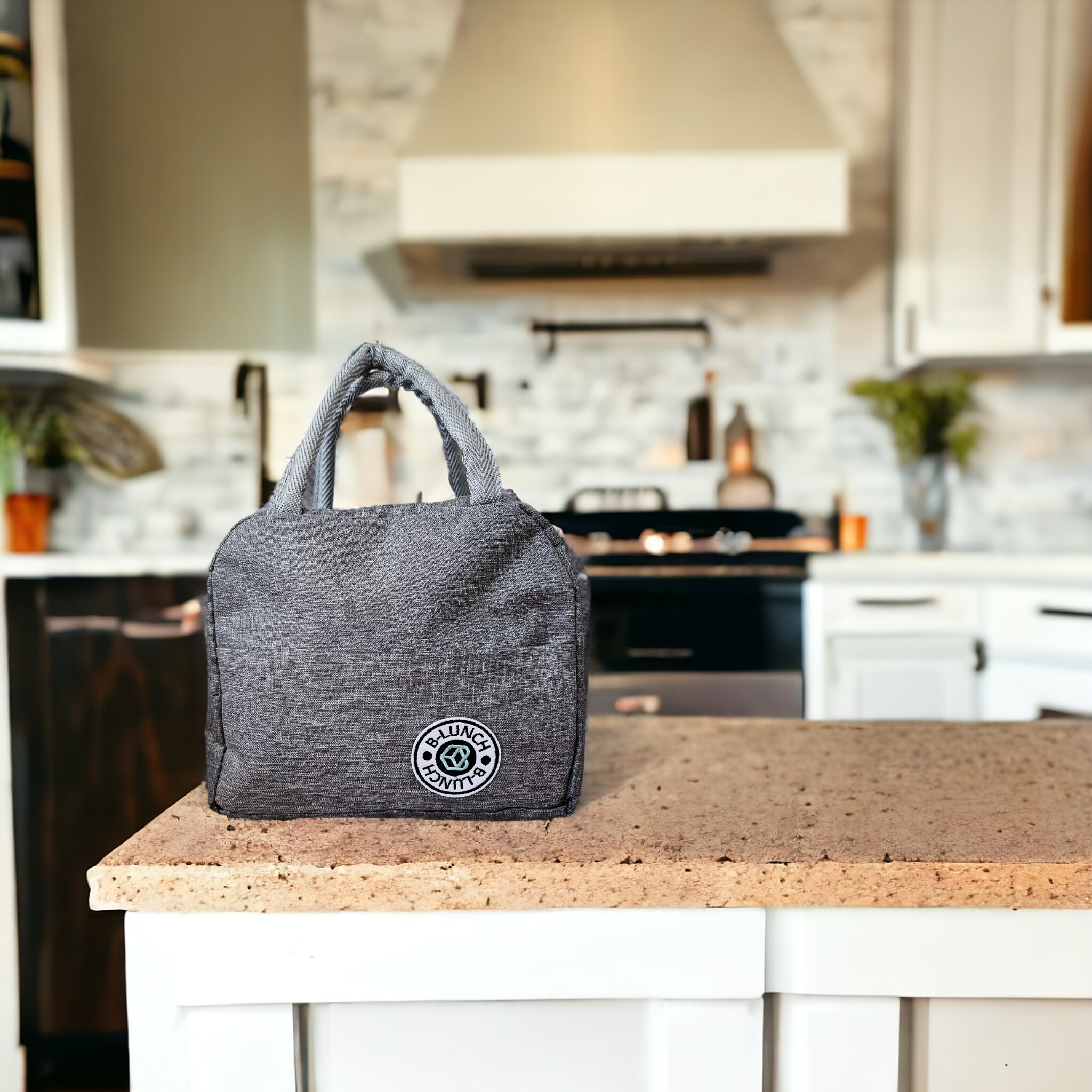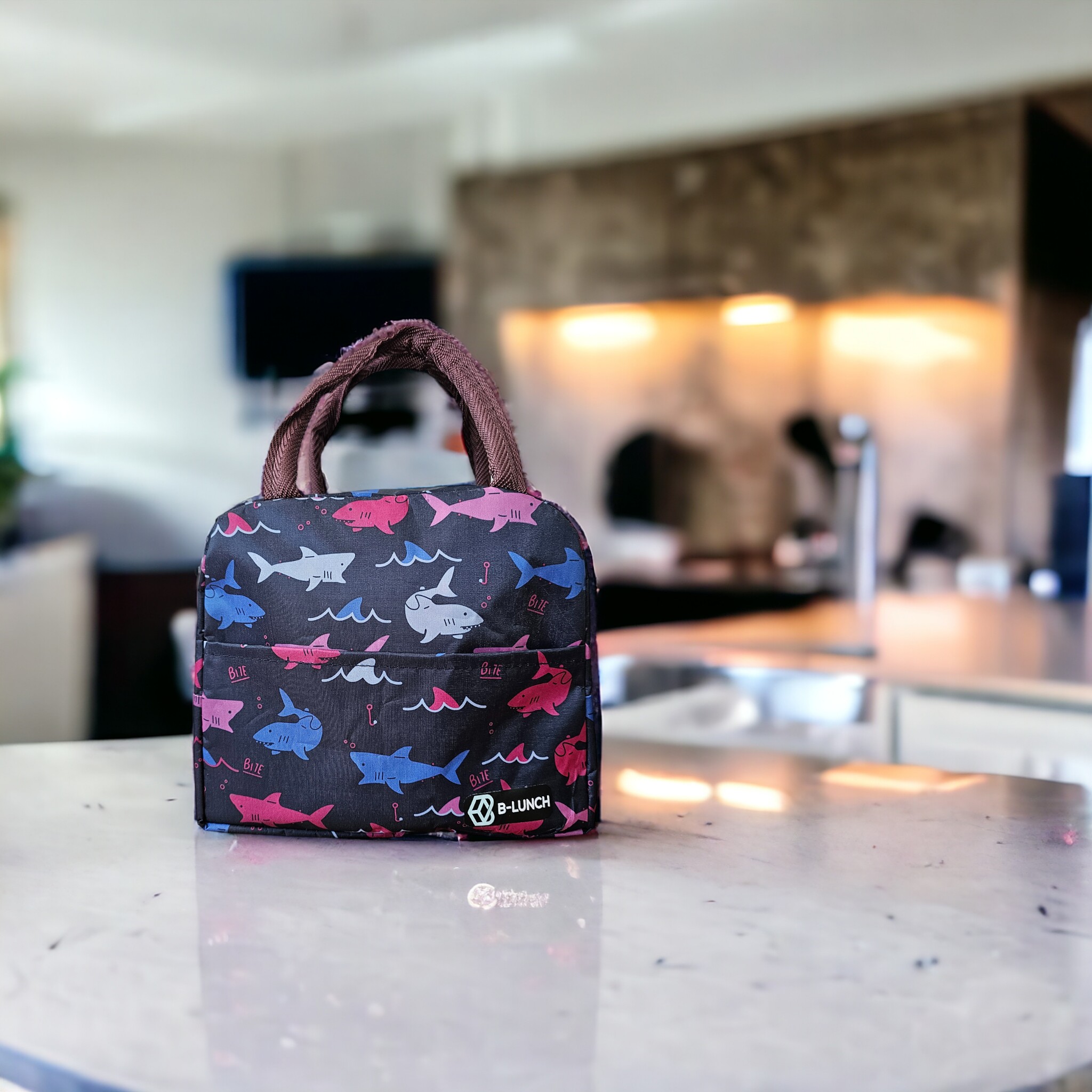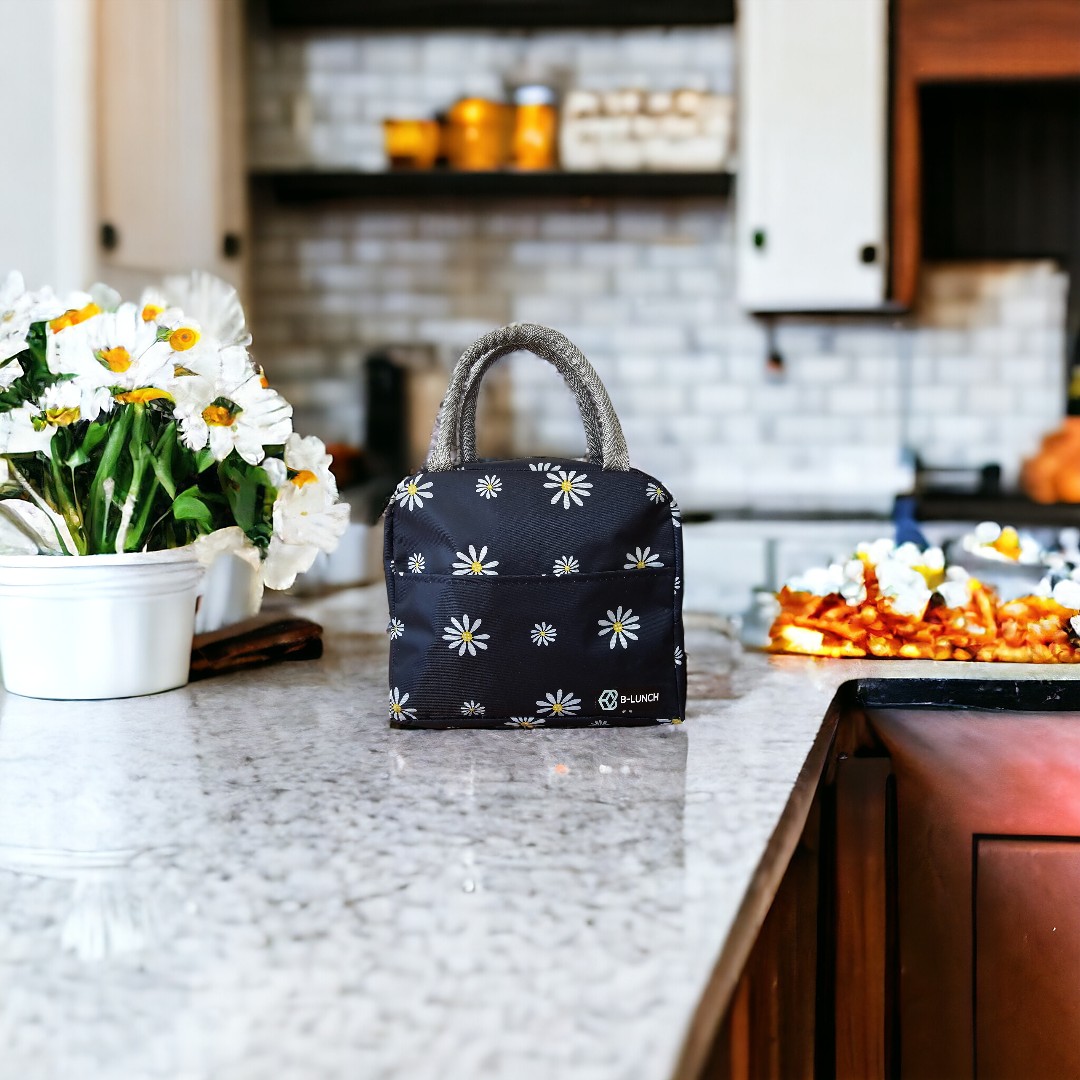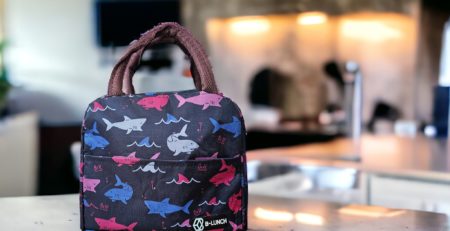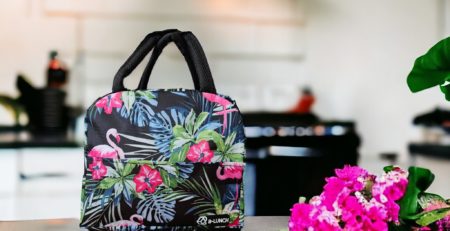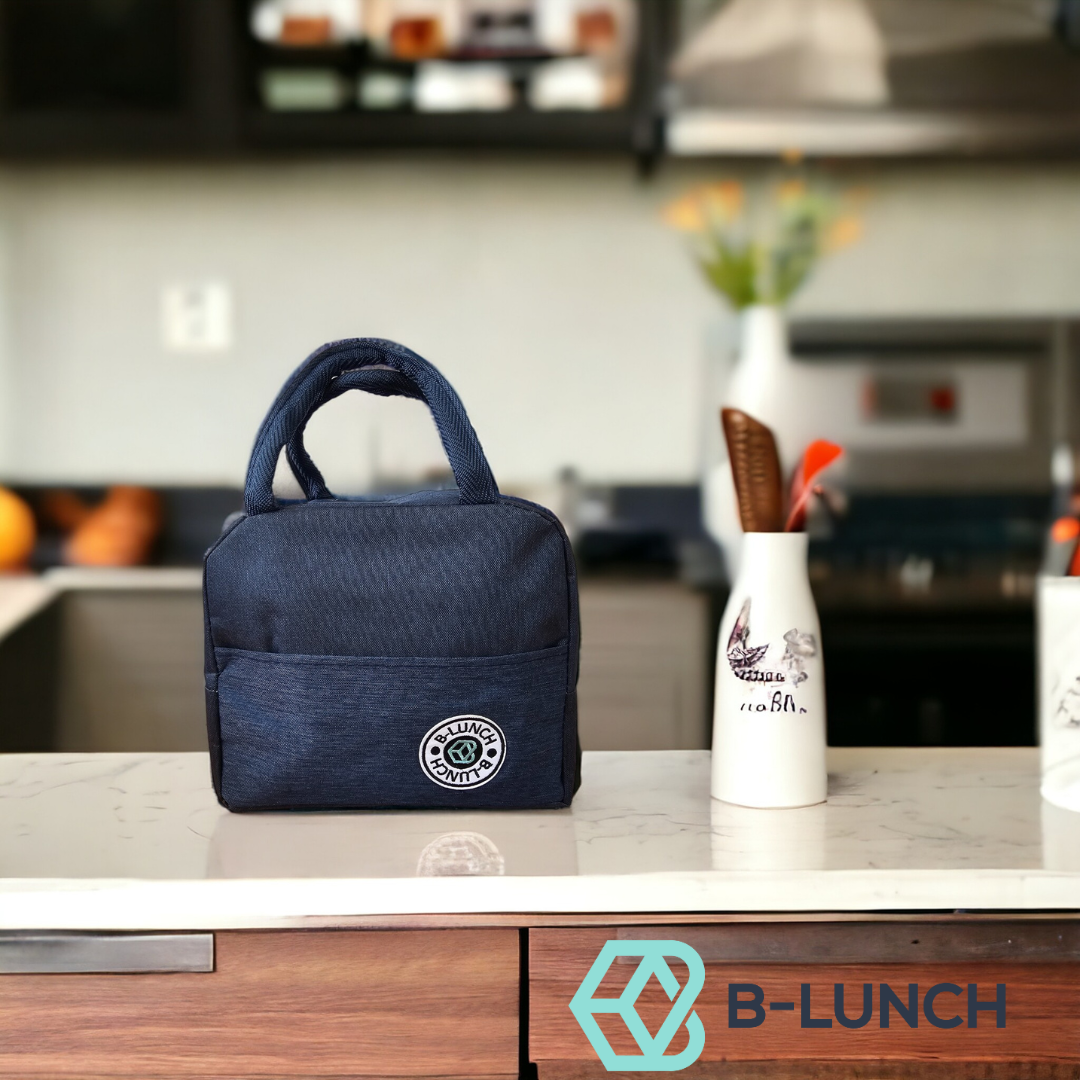
Lunch bags are more than just a practical way to carry food—they are a reflection of culture, tradition, and lifestyle. Around the world, the way people pack and carry their meals varies significantly, influenced by local customs, dietary habits, and even climate. From bento boxes in Japan to tiffin carriers in India, the humble lunch bag takes on many forms and serves as a window into the daily lives of people across the globe. In this article, we’ll explore the fascinating cultural differences in how meals are packed and transported, and how these practices reflect broader societal values.
The Japanese Bento: Artistry in a Box
In Japan, the bento box is a cultural icon. These meticulously arranged lunch containers are not just about food—they are a form of art and expression. A traditional bento box is divided into compartments, each holding a carefully portioned item: rice, fish or meat, pickled vegetables, and sometimes a sweet treat. The presentation is just as important as the taste, with parents often creating kyaraben (character bento) for their children, shaping rice and vegetables into adorable animals or cartoon characters.
The bento box reflects Japanese values of balance, precision, and mindfulness. It’s not just a meal; it’s a reflection of care and thoughtfulness. Many Japanese workers and students also use insulated lunch bags to keep their bento boxes at the perfect temperature until lunchtime.
India’s Tiffin Carriers: A System of Efficiency
In India, the tiffin carrier, or dabbawala system, is a marvel of logistics and tradition. These multi-tiered metal containers are used to deliver hot, home-cooked meals to office workers in cities like Mumbai. The tiffin carriers are typically made of stainless steel and have separate compartments for rice, curry, vegetables, and bread, ensuring that each component of the meal stays fresh and separate.
The dabbawalas (tiffin delivery men) are legendary for their efficiency, delivering thousands of meals daily with remarkable accuracy. This system highlights the importance of home-cooked food in Indian culture and the value placed on fresh, wholesome meals, even in the midst of a busy workday.
France: The Elegance of Simplicity
In France, lunch is often a leisurely affair, even when packed from home. French lunch bags tend to be simple yet elegant, reflecting the country’s culinary philosophy of quality over quantity. A typical French lunch might include a baguette sandwich with cheese and ham, a small salad, a piece of fruit, and perhaps a square of dark chocolate for dessert.
French lunch bags are often stylish and understated, mirroring the country’s fashion sensibilities. The focus is on fresh, high-quality ingredients, and meals are often enjoyed slowly, even if it’s just a quick break at work or school.
Mexico: Vibrant and Flavorful
In Mexico, lunch bags are filled with vibrant, flavorful dishes that reflect the country’s rich culinary heritage. A typical packed meal might include tacos, tamales, or a torta (a hearty sandwich), accompanied by fresh salsa, guacamole, or a side of beans. Mexican lunch bags are often colorful and practical, designed to carry a variety of dishes without spilling.
The emphasis is on bold flavors and communal eating, with many families preparing large portions to share. Insulated lunch bags are popular for keeping dishes warm, especially for schoolchildren or workers who may not have access to a microwave.
The United States: Convenience and Variety
In the U.S., lunch bags are all about convenience and variety. From classic brown paper bags to insulated totes, Americans often pack a mix of homemade and pre-packaged foods. Sandwiches, chips, fruit, and a cookie are staples of the American lunch bag, though there’s also a growing trend toward healthier options like salads, grain bowls, and organic snacks.
The U.S. lunch bag culture reflects the country’s fast-paced lifestyle, with many people opting for portable, easy-to-eat meals. Reusable lunch bags have also gained popularity as more Americans become conscious of environmental issues.
Canada: A Blend of Comfort and Practicality
In Canada, lunch bags often reflect the country’s diverse cultural influences and its emphasis on comfort and practicality. A typical Canadian lunch might include a sandwich made with whole-grain bread, a thermos of hearty soup (especially during the colder months), fresh fruit, and a granola bar or yogurt. Poutine, a Canadian classic, might even make an appearance in a lunch bag on occasion.
Canadian lunch bags are designed to handle the country’s varied climate, with insulated bags being a popular choice to keep food warm in winter or cool in summer. Many Canadians also prioritize eco-friendly options, such as reusable lunch bags and containers, aligning with the country’s growing focus on sustainability.
South Africa: A Blend of Cultures
In South Africa, lunch bags reflect the country’s diverse cultural influences. A packed lunch might include a boerewors roll (a sausage sandwich), a vetkoek (fried dough bread) filled with mince, or a traditional bunny chow (a hollowed-out loaf of bread filled with curry). Lunch bags in South Africa are often practical and durable, designed to withstand the rigors of daily life.
The variety of foods packed in South African lunch bags highlights the country’s multicultural heritage, with influences from Indigenous, Dutch, Indian, and Malay cuisines.
Australia: Rugged and Practical
In Australia, lunch bags are designed to be rugged and practical, reflecting the country’s outdoor lifestyle. A typical Australian lunch might include a meat pie, a sandwich, or a salad, along with a piece of fruit and a snack like muesli bars. Insulated lunch bags are popular for keeping food fresh, especially in the hot Australian climate.
Australians often prioritize convenience and portability, with many people carrying their lunch bags to work, school, or outdoor activities like hiking or beach trips.
FAQ Section
1. What is the most common type of lunch bag in Japan?
The most common type of lunch bag in Japan is the bento box, which is often carried in an insulated bag to keep the food fresh. Bento boxes are known for their compartmentalized design and artistic presentation.
2. How do tiffin carriers work in India?
Tiffin carriers are multi-tiered metal containers used to transport home-cooked meals. They are often delivered by dabbawalas, who ensure that the meals reach their destination hot and fresh.
3. What makes French lunch bags unique?
French lunch bags are known for their simplicity and elegance. They often contain high-quality, fresh ingredients and reflect the French emphasis on enjoying meals slowly and mindfully.
4. Are reusable lunch bags popular in the U.S.?
Yes, reusable lunch bags have become increasingly popular in the U.S. as more people seek eco-friendly alternatives to disposable options.
5. What is a typical Canadian lunch bag like?
A typical Canadian lunch bag often includes a sandwich, a thermos of soup, fresh fruit, and a snack like a granola bar. Insulated bags are commonly used to handle Canada’s varying climate.
6. What is a typical Australian lunch bag like?
A typical Australian lunch bag is rugged and practical, often containing portable foods like meat pies, sandwiches, and fruit. Insulated bags are commonly used to keep food fresh in the hot climate.
7. How do cultural differences influence lunch bag choices?
Cultural differences influence lunch bag choices through dietary preferences, meal presentation, and lifestyle. For example, Japanese bento boxes emphasize artistry, while Indian tiffin carriers prioritize efficiency and freshness.
8. What are some eco-friendly lunch bag options?
Eco-friendly lunch bag options include reusable fabric bags, biodegradable materials, and insulated bags made from recycled materials. Many brands now offer sustainable choices to reduce environmental impact.
Lunch bags are a universal tool for carrying meals, but the way they are used and what they contain can tell us a lot about a culture’s values and traditions. Whether it’s the artistry of a Japanese bento box, the efficiency of an Indian tiffin carrier, or the comfort of a Canadian thermos-filled lunch bag, these everyday items offer a glimpse into the diverse ways people nourish themselves and connect with their heritage. Next time you pack your lunch, consider how your choices reflect your own culture and lifestyle!


